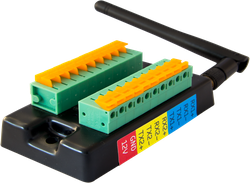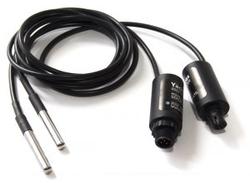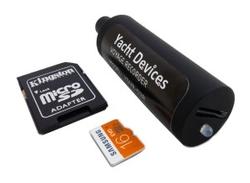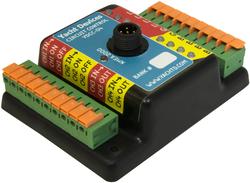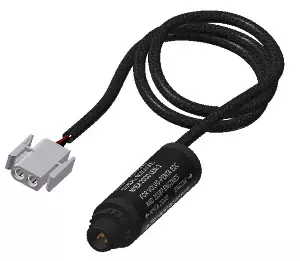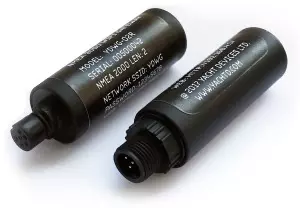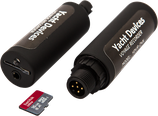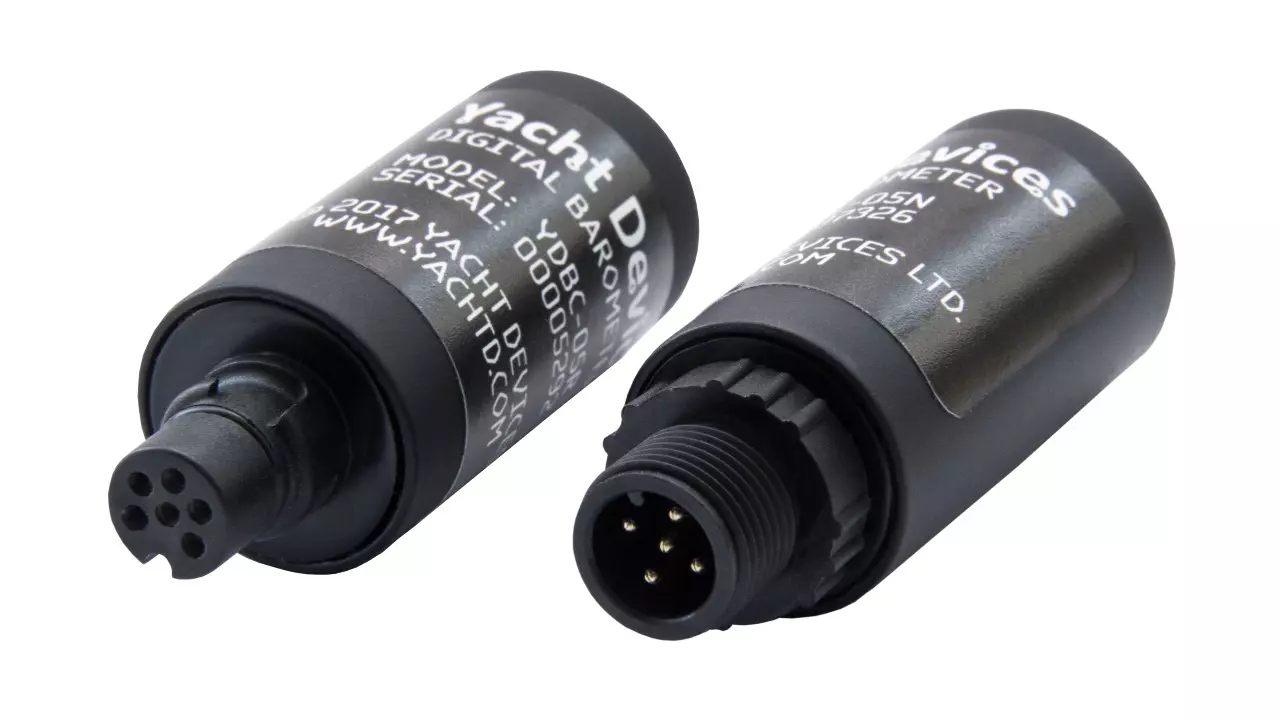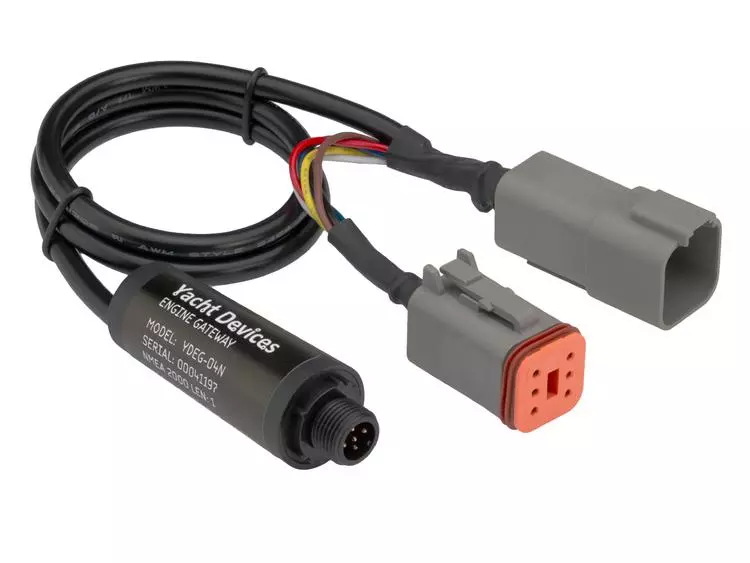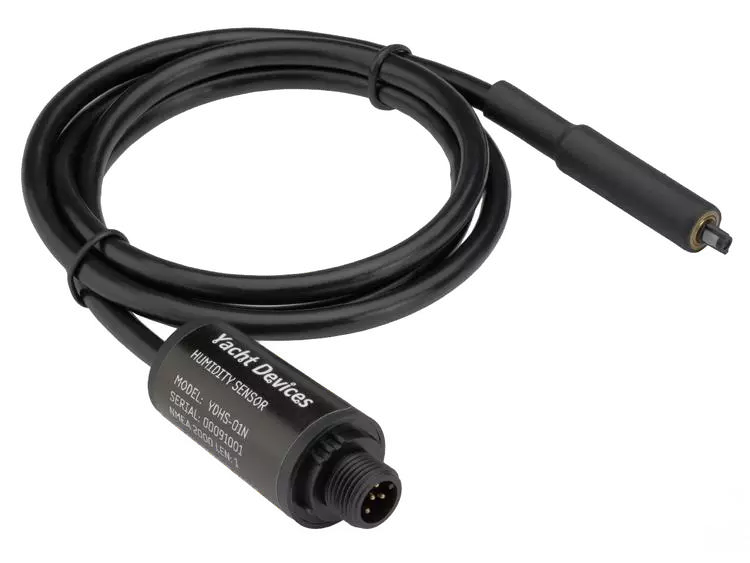Improve your yachting or boating experience. While you focus on the enjoyment thereof, let our NMEA devices work for you. NMEA 2000 is a plug-and-play communications standard used for connecting marine sensors, AIS, RADAR, VHF radios and display systems within ships and boats. All sensors and navigation devices can be monitored from one central point, thereby improving safety of lives. Your monitor point can be extended to your smart phone, iPad or notebook.
NMEA 2000, abbreviated to NMEA2k or N2K is standardised as IEC 61162-3. N2K communication runs at 250 kilobits per second and allows any sensor to talk to any display units or other device compatible with NMEA 2000 protocols. Electrically, NMEA 2000 is compatible with the Controller Area Network ("CAN Bus") used on road vehicles and fuel engines. The higher-level protocol format is based on SAE J1939, with specific messages for the marine environment.
Raymarine SeaTalk 2, Raymarine SeaTalkNG, Simrad Simnet, and Furuno CAN are rebranded implementations of NMEA 2000, though may use physical connectors different from the standardised DeviceNet Micro-C M12 5-pin screw connector, all of which are electrically compatible and can be inter-connected.
The protocol is used to create a network of electronic devices, mainly marine instruments, on a boat or vessel. Various instruments that meet the NMEA 2000 standard are connected to one central cable, known as a backbone. The backbone powers each instrument and relays data among all of the instruments on the network. This allows one display unit to show many different types of information. It also allows the instruments to work together, since they share data. NMEA 2000 is meant to be "plug and play" to allow devices made by different manufacturers to communicate with each other. Many manufacturers provide multiplexing and WiFi transceiver functionalities.
Examples of marine electronics devices to include in a network are GPS receivers, auto pilots, wind instruments, depth sounders, navigation instruments, engine instruments, and nautical chart plotters. The interconnectivity among instruments in the network allows, for example, the GPS receiver to correct the course that the autopilot is steering.
NMEA 0183 is a combined electrical and data specification for communication between marine electronics such as plotters, echo sounder, sonars, anemometer, gyrocompass, autopilot, GPS receivers and many other types of marine instruments. IEC 61162-1 (4800 baud) and IEC 61162-2 (High Speed, 38400 baud) standards are used. NMEA 0183 Version 4 includes TAG Blocks, supporting network (LAN / WAN) operations. The NMEA0183 standard is controlled by the National Marine Electronics Association (NMEA).
In leisure marine applications it is slowly being phased out in favour of the newer NMEA 2000 standard, though NMEA0183 currently remains the norm in commercial shipping. Although the standard calls for isolated inputs and outputs, there are various series of hardware that do not adhere to this requirement.
The NMEA 0183 standard uses a simple ASCII, serial communications protocol that defines how data is transmitted in a message from one "talker" to multiple "listeners" at a time. Through the use of intermediate expanders, a talker can have a unidirectional conversation with a nearly unlimited number of listeners, and using multiplexers, multiple sensors can talk to a single computer port.
At the application layer, the standard also defines the contents of each message type, so that all listeners can parse messages accurately. Various NMEA product manufacturers have integrated WiFi into their product, transmitting NMEA messages via UDP and/or TCP messages. Manufacturers also offer Bluetooth communication as an option.
